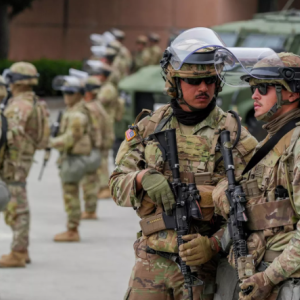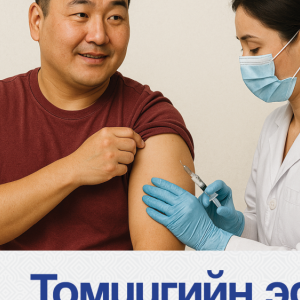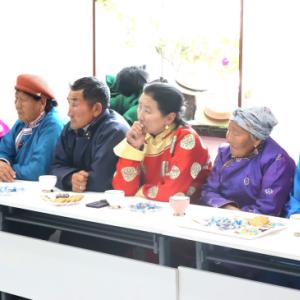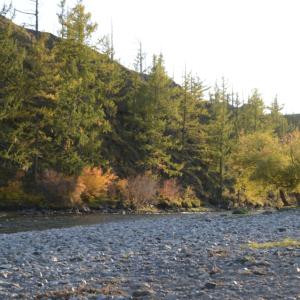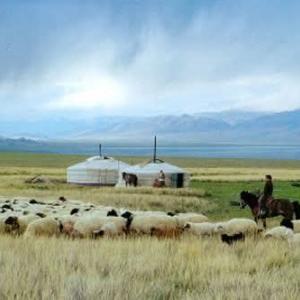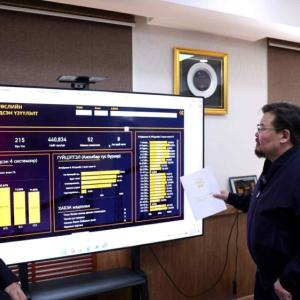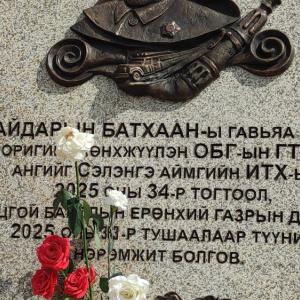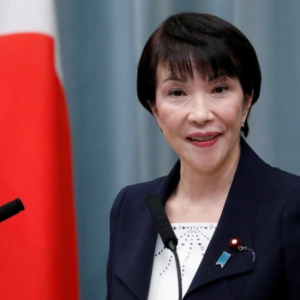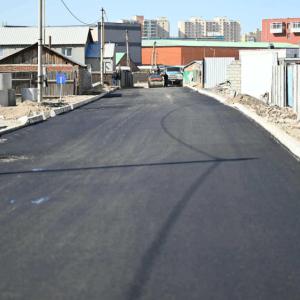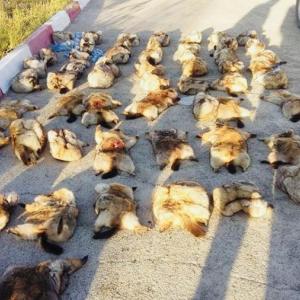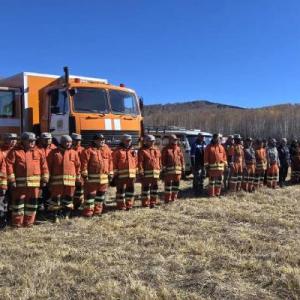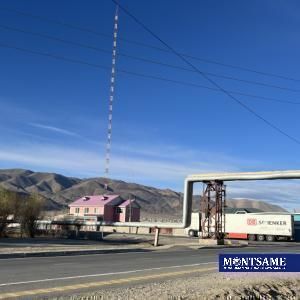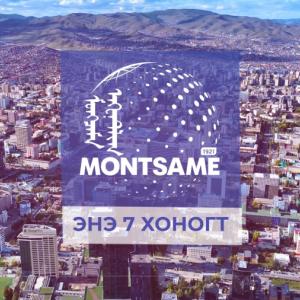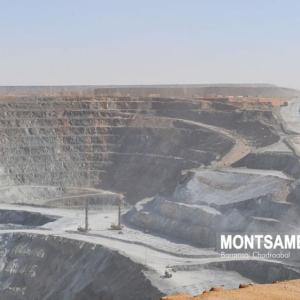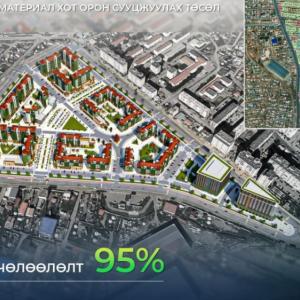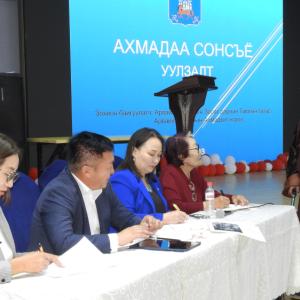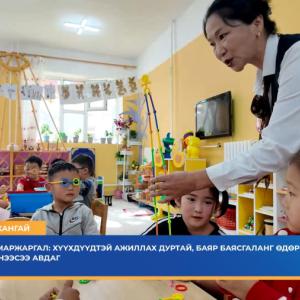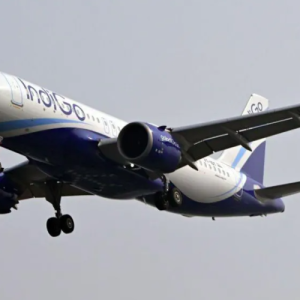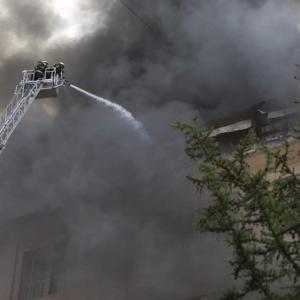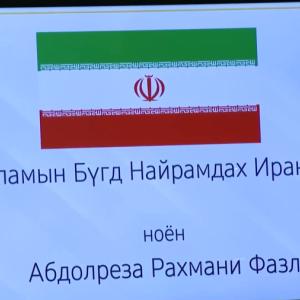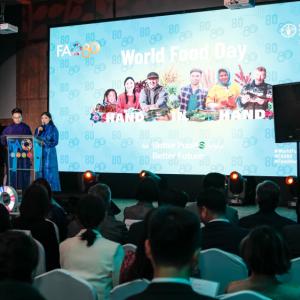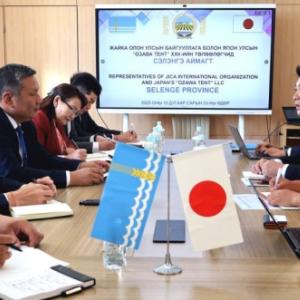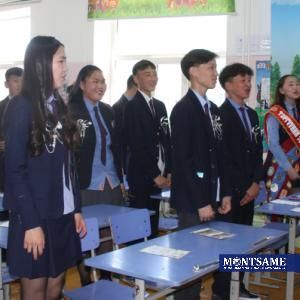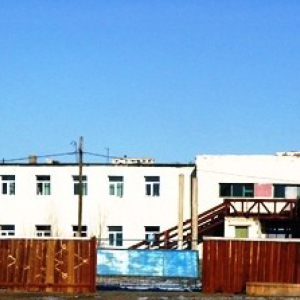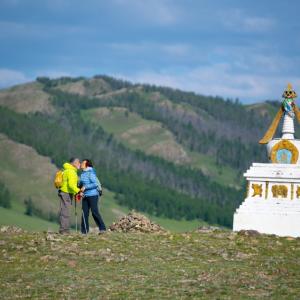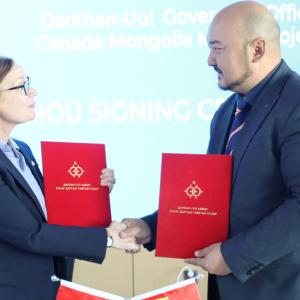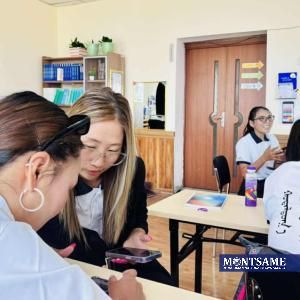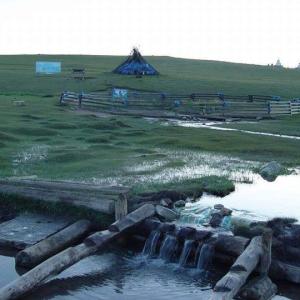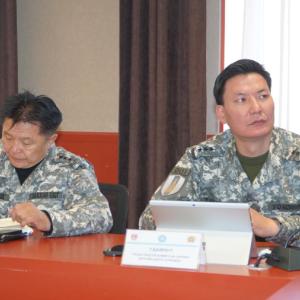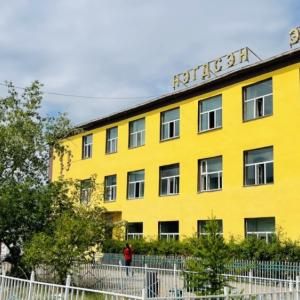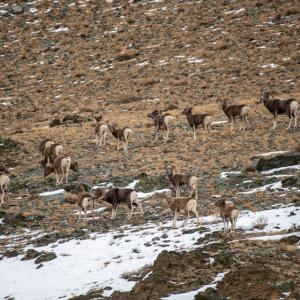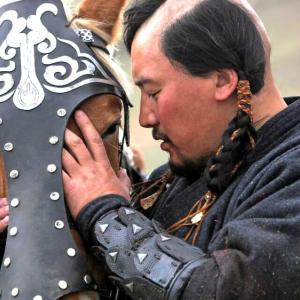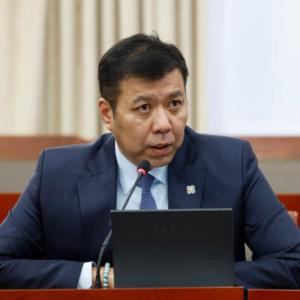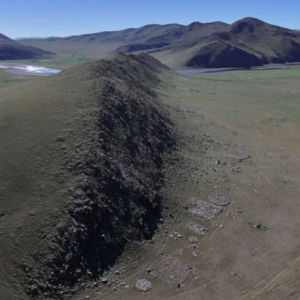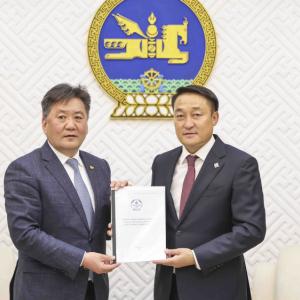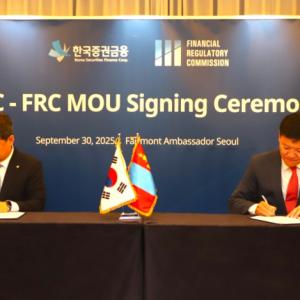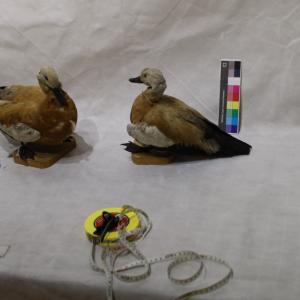Right incentives and mechanisms play major role in reducing herd size
Economy | Agriculture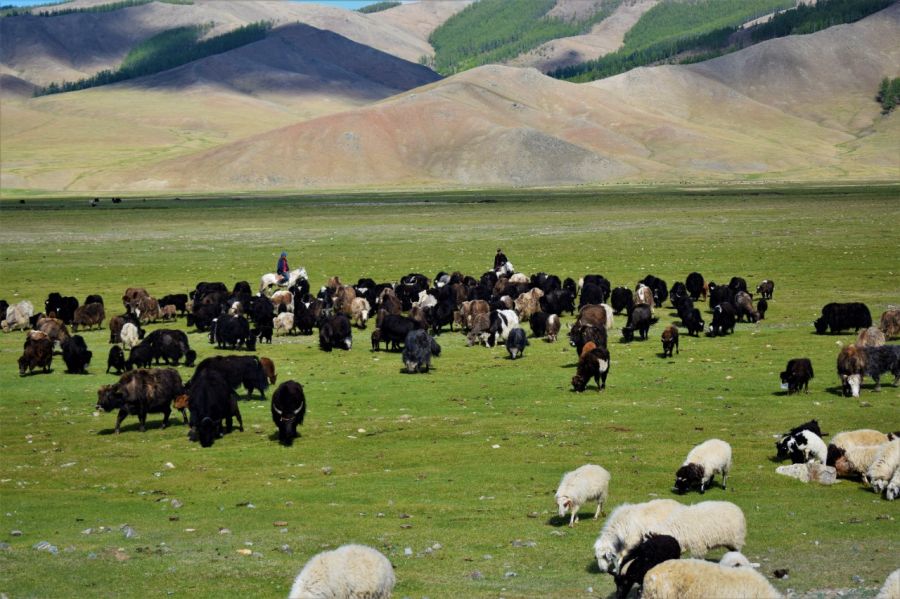
Ulaanbaatar/MONTSAME/. As of 2019, Mongolia’s livestock
number (70.9 million) exceeded the pasture carrying capacity by 33 million
sheep equivalent heads, exceeded by 2-7 times in most aimags, and more than 70
percent of pastureland is degraded overall. These numbers indicate that the
continuously increasing grazing pressure truly highlights the need for urgent
and concrete actions in addressing the challenges.
Overgrazing, mainly caused by increased herd size, is one of
the major causes of the issues such as environmental degradation, biodiversity
loss, and declining quality of the livestock in Mongolia. As herders’
livelihoods heavily rely on the income generated from the livestock, it is
challenging to persuade them to reduce or control the livestock number.
To address these pressing issues and challenges, our project
“Ensuring Sustainability and Resilience of Green Landscape in Mongolia,”
jointly implemented by the Ministry of Environment and Tourism, Ministry of
Agriculture, and Light Industry and UNDP, has initiated a Sustainable Pasture
management initiative in 13 soums of 4 aimags of Khangai mountains and southern
Gobi represented by Gobi Altai, Bayankhongor, Arkhangai, and Zavkhan, since
2019 to reduce herd size in 300 thousand ha pasture as one of the outcomes.
The pilot Ulziit soum of Arkhangai aimag, which comprised of
28 herder groups, have endeavored strong and concrete results under the program
by reducing their livestock number by 21.4 percent without loss of income in
2020 compared to non-intervened herders in the same soum that saw a decrease of
only 5.6 percent and soum total of 8%.
These outcomes are the concrete evidence that the right
incentives and mechanisms including pastureland use agreements (PUA) between
herder groups, soum governors, and Livestock Risk Management Fund (LRMF) to
stimulate livestock sales and finance herders’ activities to mitigate pressure
on pastureland, can achieve such concrete results.
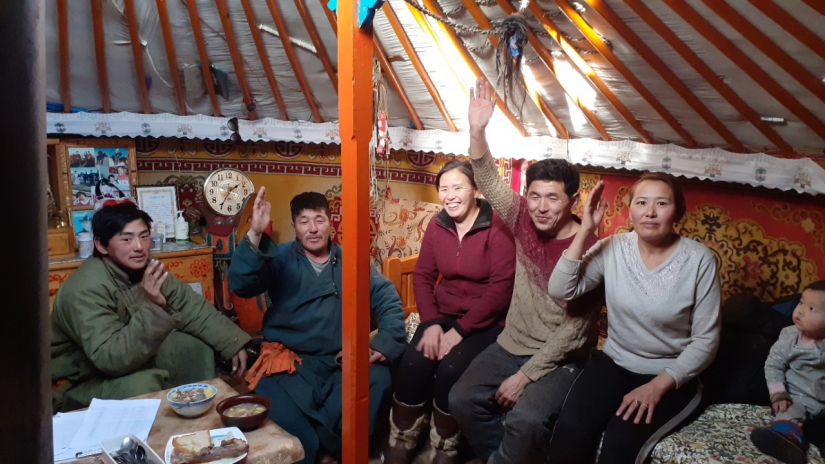
The project team organized face to face meeting with all
herder households in selected soums to provide guidance, explaining the project
objectives to the herders about the benefits and ways to access them. As a result,
around 15% of herders in project areas have voluntarily joined the project
pasture management initiatives with a clear understanding of benefits as well
as responsibilities, including the herd size reduction and voluntary
contributions to LRMF.
To date, 227 herder groups have signed 5 to 15-year PUAs to
reduce the herd size slowly around 5% annual rate to avoid damaging livestock
incomes covering pasture of more than 600 thousand ha doubling the project’s
initial target.
Though herders are already aware of the pasture degradation
as well as declining livestock quality, they were largely uninformed on ways to
change their current practices to a more sustainable approach. We learned that
herders were more than willing to join the initiative once they realize the
possibilities to reduce their livestock number without losing an income while
increasing the quality of the livestock.
UNDP is pleased to have had the opportunity to share our
lessons learned with the representatives of the relevant ministries and support
the Government of Mongolia’s effort addressing the overgrazing issue. Mongolia
has been making steady progress towards addressing these challenges in 2020
with the passing of livestock taxing law by the Parliament and renewed
selection criteria by the Government on awarding herder champions based on
their achievement towards environment-friendly herding practice.
As we move forward, I am hopeful that the lessons we are
learning and the concrete results we are seeing with our project could be
replicated nationwide with many more voluntarily signing up to this initiative.
By: B. Erdenebileg,
National Project Coordinator, ENSURE project

 Улаанбаатар
Улаанбаатар

